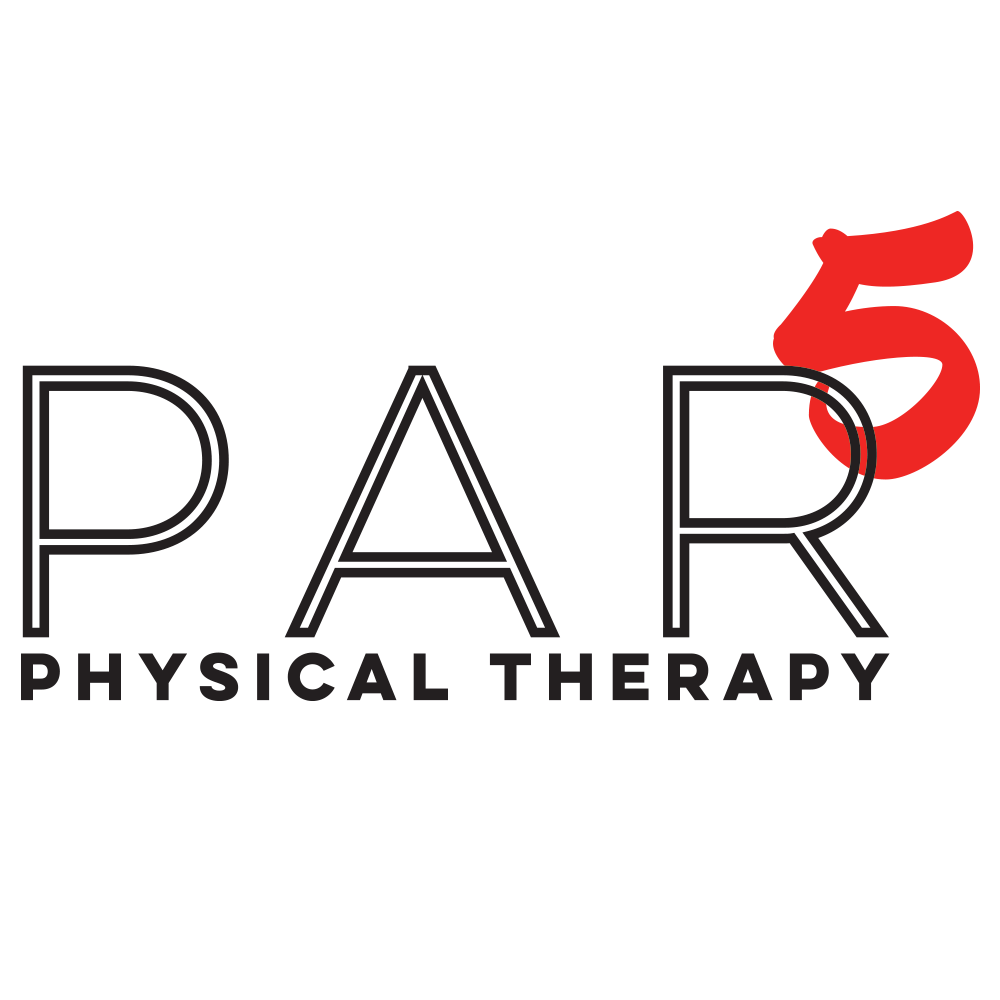Key Components of a Golf Fitness Program
Photo by GMB Monkey on Unsplash
Golfers are athletes. It might not seem that way, but if you watch PGA tour players, they move differently than your average golfers at the driving range. The same can be said for any professional sport. Athletes practice and exercise to perform at the top of their sport. They develop strength, power, speed, and skill by repeating complex tasks and movements that normal humans can not.
More and more professional golfers have teams of people that work with them behind the scenes so that they have a better chance to win on Sundays. Golf fitness is more common today than it was 20 years ago. Golfers are more aware today that their body has to perform well to improve their performance on the golf course.
Golf fitness can reduce pain, reduce your risk of injury, and improve your performance.
There are common key components to every golf fitness program, they are:
Hip hinge mechanics
Core stabilization
Balance
Progressing slow to fast twitch movements
If golfers want to improve their performance, I always evaluate how they move first, even before they pick up a golf club and show me their swing. Once we assess and expose any movement dysfunction, we get to work.
The hip hinge component of the golf fitness program consists of working on the body mechanics that enable good golf posture: being able to bend forward from the hips and keep the spine straight. This can be done without any weight, with assistance, or with resistance. Usually this involves first using a PVC pipe, then eventually progressing onto weight movements such as the deadlift, or single legged deadlift.
Adding resistance of varied directions and intensity can incorporate the next two components: core stability and balance. Using resistance tubing or kettlebells, golfers can progress their hip hinge movements to add an “anti-rotation” core stability component and then even a balance component if they perform movements with decreasing lower body support, like standing on one leg.
The golf swing is a fast, quick motion. Club head speed and center face contact equals distance. This power is not easy to work on. If a golfer doesn’t work on the hip hinge, stability, and balance components, progressing too early to the power phase of programming can result in injury and pain.
The key is to work on slow movements first, with less complex variables, then gradually increase the speed to facilitate fast twitch muscle recruitment. You can’t move fast if you don’t train fast.
Golf fitness programming is an important part of the sport. It’s becoming more and more common for high level athletes to exercise and work on their body to improve their ability to swing with power and reduce their risk of injury.
If you want to start a golf fitness program or have any questions, feel free to contact Par 5 Physical Therapy.

